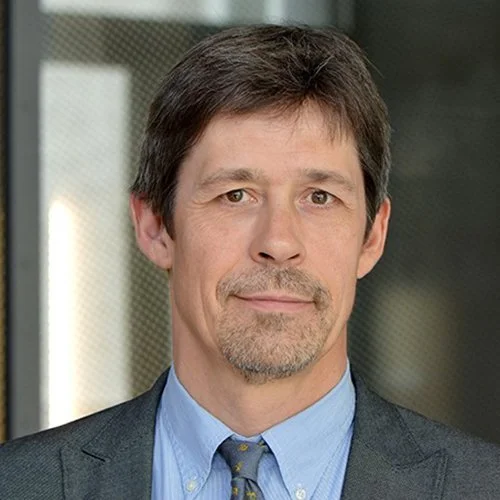Meet the Scientists
The International Society for Stem Cell Research (ISSCR) is the preeminent global society for scientists working in stem cell research and regenerative medicine. Members of the Society’s international community are dedicated to pursuing impactful and responsible research, adhering to international guidelines and standards that promote scientific rigor and ethics.
Learn more about the people behind the discoveries, what led to their passion for research, and their dedication to improving human health.
“I am a strong supporter and advocator for gender equality and LGBTQ+ rights. As an out gay faculty, LGBTQ+ representation in science and my field is important to me.”
“I’m excited to use my role as a scientist to advocate for policy decisions that support funding research focused on sex as a biological variable.”
“Science is the only frontier that never ends and is continuously evolving. There is no limit to human curiosity.”
“I enjoy camping and outdoor life in the country side around Berlin and in other countries especially in the family holiday home in Sweden with our VW bus. I love watersports like kayaking, sailing, and taking the SUP (Stand-Up-Paddle board) for a spin.”
“I had a flair for science since my school days and I knew since then that I would opt for a career in science.”
“When I heard about induced pluripotent stem cells in college, I was captivated. The ability to transform human tissue into stem cells and then into whatever cell type you're interested in...that seemed like science fiction to me!”
“I am very much invested in mentoring. In my lab, I strive to foster an inclusive and collaborative learning environment to develop and empower next-generation leaders in science and innovation.”
“I would advise students to focus on mastering the basics of cell culture and studying the history of the field. However, it's also crucial to stay updated on the latest literature and opportunities in stem cell research.”
“I find it truly exciting the new tools we develop can open up brand new areas of research so we can ask really big questions that were just not possible before.”









